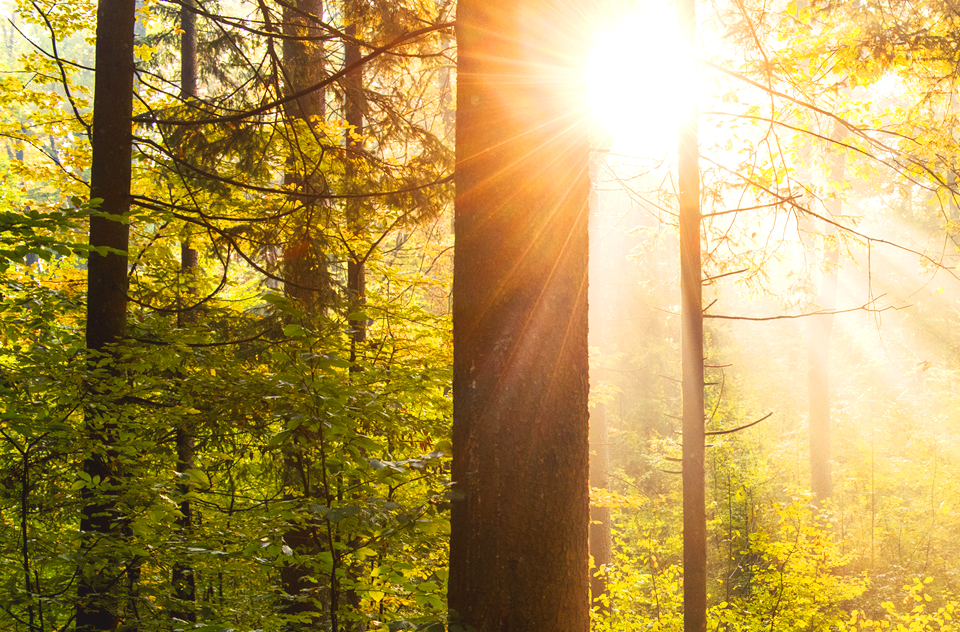Eco friendly packaging is growing in popularity, and corrugated packaging is arguably the most sustainable packaging on the market. Corrugate has several sustainable advantages: it is fully recyclable, reusable, made from 100% renewable resources, energy efficient to produce, low cost, and easily disposable.
The Most Sustainable Packaging
Looking at sustainability, there are many aspects to corrugate that make it the most sustainable packaging. In 2018, 96% of all corrugated packaging was recovered for recycling in the U.S. On top of that, new corrugated boxes are made with an average of 50% recycled material, far ahead of any other type of packaging.
A high recovery rate of recycled materials lowers energy costs due to the decreased amount of new material sourcing and treatment needed. Since corrugate can be recycled up to 7 times, recycled materials are an increasingly abundant resource.
Not only are corrugated boxes highly recyclable, they are also highly reusable. The reusability of corrugate can be attributed to its structure and durability. Corrugate is made from creating two liner boards (the surface) and gluing them on each side of a fluted board (the middle). This structure creates a strong material, that is low in density. Durability is increasingly important when it comes to transportation and protection of the product through an increasingly complex supply chain.
Materials
The science behind the sustainability and durability of corrugate involves the variety of materials that are used in the paper making process. These different types of materials are classified into three groups: Hardwood, Softwood, and Non-wood.
Hardwoods (e.g. Eucalyptus, Birch, Cottonwood, etc.) are the most present in recycled materials with softwoods (Pines, Spruce, etc.) as a close second, there is also a low percentage of non-woods (Grasses, leaf/fruit fibers, cotton, etc.). Using this specific mix of materials results in a high recovery rate upon recycling while keeping costs low. Not only do these raw materials come in “recycled” forms, but new forms of these materials come from renewable resources.
This mix of wood fibers, non-wood fibers, and a starch-based glue enables corrugate to serve as biodegradable packaging. In comparison, plastic is made from petroleum and other natural gases which are not renewable which means plastic is also not biodegradable.
Maintaining Forests
Since corrugate is sourced from paper, this leads to reforestation efforts as trees need to be re-planted at a rapid rate. This actively reduces carbon footprints, as trees absorb C02. Additionally, extra planted trees are preserved as paper is recovered from previous packaging. This helps to maintain forests responsibly, with the potential for planting excess trees. Each ton of recovered paper replaces five cubic meters of pulpwood.
Bay Cities and the bulk of the corrugated packaging industry holds sustainability in high regard due to the growing concern of waste and material sourcing. One of the representative bodies of the corrugated packaging industry is the Fibre Box Association, a nonprofit trade association that represents corrugated packaging manufacturers and looks to improve and grow the industry by offering member-valued programs and services. The association is also motivated to increase consumer awareness of packaging, not only the sustainability aspects, but also the importance of packaging, and what it means for brands and buying decisions.
Appendix:
Câmpean, T., Grad, F., Grădinariu, C., Patrașcu, C., Gavrilescu, M., & Gavrilescu, D.-A. (2017). Eco-Friendly Corrugated Board and Sustainable Packaging Manufacturing. Environmental Engineering & Management Journal (EEMJ), 16(3), 705–714. https://doi-org.proxy.library.cpp.edu/10.30638/eemj.2017.072
Adamopoulos, S., & Oliver, J.-V. (2006). Qualitative and quantitative fiber analysis in recycled raw materials for packaging. Forest Products Journal, 56(2), 58–60. Retrieved from http://search.ebscohost.com.proxy.library.cpp.edu/login.aspx?direct=true&AuthType=ip,uid&db=8gh&AN=19895437&site=ehost-live&scope=site
Ismuser. (2015, November 25). Environmental Impact: Packaging: Technik. Retrieved from https://www.technikpackaging.com/environmental-impact-packaging-materials/
Better Meets Reality. (2019, February 22). How Many Times Can You Recycle Different Materials? (Plastic, Paper, Metal, Glass etc.). Retrieved from https://www.bettermeetsreality.com/how-many-times-can-you-recycle-different-materials-plastic-paper-metal-glass-etc/
Environmental Engineering & Management Journal (Gavrilescu and Craciun, 2012; Twede et al., 2015).
https://www.fibrebox.org/Calendar/Detail.aspx?EventID=10485
https://www.thepacker.com/article/corrugated-carton-group-touts-products-safety-sustainability


/BC_Logo2_White.png?width=300&height=83&name=BC_Logo2_White.png)